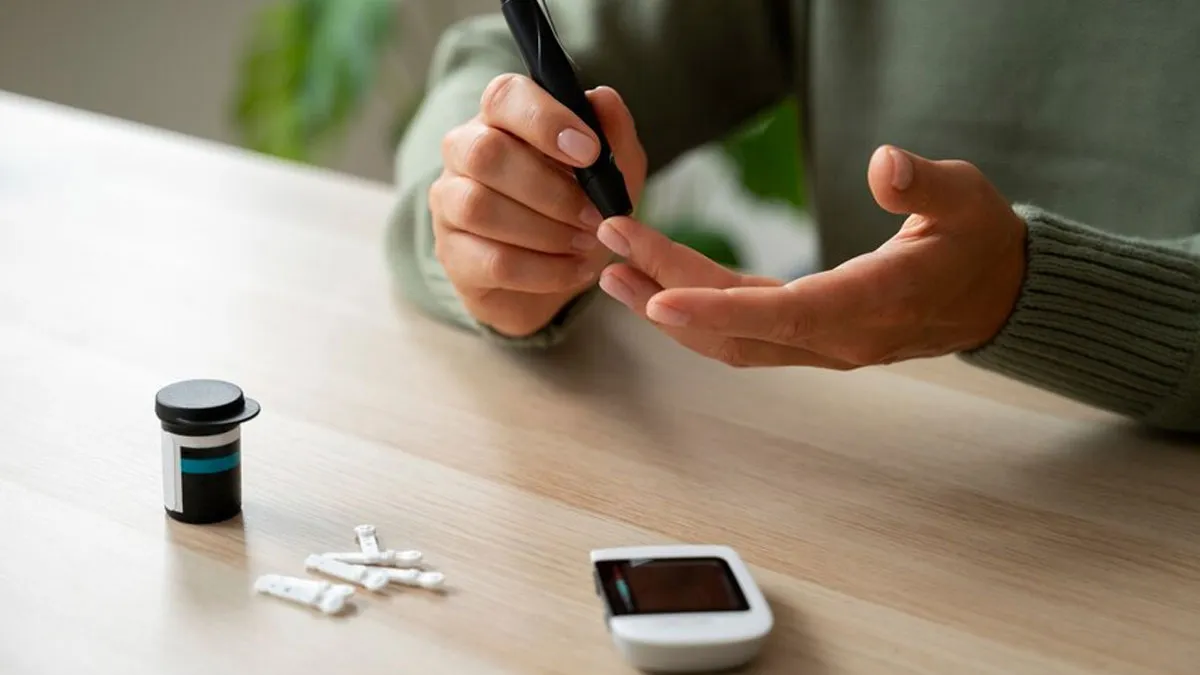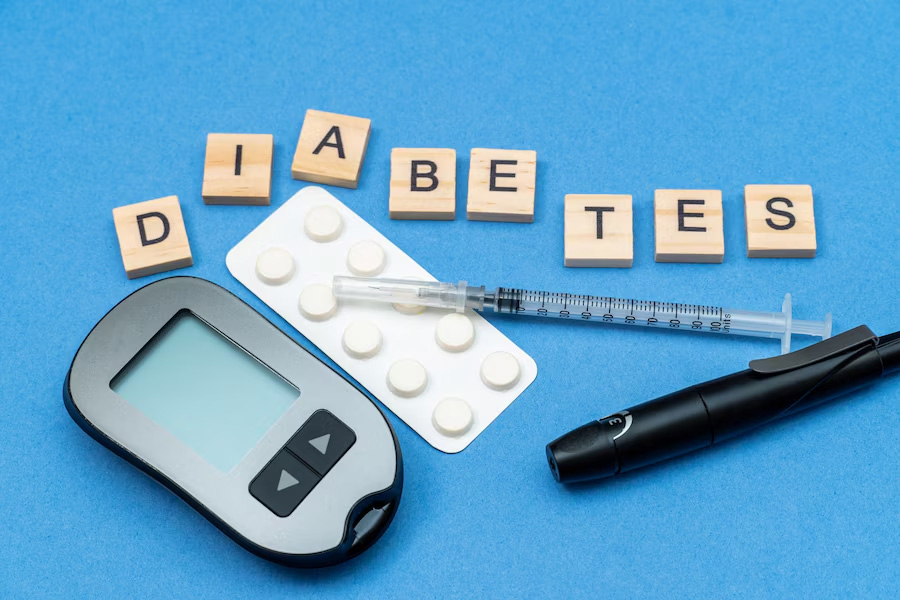
Monitoring your blood sugar levels is crucial, especially if you have diabetes or other chronic health conditions. Blood sugar levels can fluctuate based on whether you are fasting or have recently eaten. A normal fasting blood sugar level is below 100 mg/dL (5.6 mmol/L), while post-meal levels should be under 180 mg/dL.
Table of Content:-
For those who need to monitor their blood sugar frequently—whether for general health reasons or managing diabetes—it’s important to know the best times during the day to check your levels. There are also other key factors to consider, which we will explore in the following sections.
Also Read: World Diabetes Day 2024: Here’s How Your Office Environment May Be Worsening Your Diabetes
What Is The Ideal Time To Check Your Blood Sugar Level?
-1731398277883.jpg)
The ideal time to check your blood sugar level depends on your circumstances. It could either be before a meal, after a meal, before or after exercise, when you wake up, or before bed.
In general, fasting blood sugar measures blood glucose after at least eight hours of fasting, usually taken in the morning. This helps establish a baseline for your glucose control, explains Dr Akash Shah, Consultant Pathologist, Neuberg Diagnostics.
In contrast, post-meal (postprandial) glucose monitoring measures blood sugar 1-2 hours after starting a meal to understand how much glucose levels increase in response to food intake, he adds. This can indicate how well your body manages sugar spikes.
According to the doctor, for most people, the ideal times to check blood sugar are:
Fasting: First thing in the morning, before eating or drinking anything, for a baseline reading.
Post-meal (postprandial): About 1-2 hours after the start of a meal, to see how the body responds to food.
Before bed: For those managing diabetes, a bedtime reading can help monitor levels overnight.
It is crucial that you remain consistent with your blood sugar tests, as it helps monitor trends and spot any changes in response to lifestyle or diet adjustments.
Factors That Affect The Timing Of Blood Sugar Level

Blood sugar fluctuations happen throughout the day and for many reasons. Some of the common factors include:
Diet: Foods high in carbohydrates or sugars can cause spikes in blood sugar. Testing 1-2 hours after meals helps track post-meal glucose response.
Sleep: Poor or insufficient sleep can impact insulin sensitivity, potentially causing elevated fasting glucose. Inconsistent sleep schedules may also affect blood sugar trends.
Exercise: Physical activity lowers blood sugar, so testing before and after exercise provides insights into how your body responds to different workout intensities.
How Often Should People With Diabetes Check Their Blood Sugar?
-1731398344861.jpg)
Dr Shah recommends, “For individuals without diabetes, regular blood sugar testing is typically unnecessary unless there are risk factors like prediabetes, family history, or symptoms suggestive of blood sugar issues. If there are concerns, testing once every few months or during annual check-ups can provide reassurance of healthy glucose levels.”
“For those at risk, fasting blood glucose or A1C tests may be recommended every 6–12 months to monitor any changes,” he adds.
Also Read: Managing Diabetes During Festivities: How To Enjoy Sweets Without Sugar Spikes
Understanding Home Testing And Its Accuracy
According to Dr Shah, at-home blood glucose monitors are generally accurate for day-to-day monitoring, especially for tracking trends and managing diabetes. While there can be minor variations compared to laboratory tests, most FDA-approved monitors are reliable within a small margin of error.
Regular calibration or following device instructions closely helps maintain accuracy. For diagnostic or critical readings, lab tests are more precise and should be used when possible, he concludes.
Here are the steps for accurate blood testing:
- Use a reliable glucose meter; continuous glucose monitoring (CGM) can provide continuous monitoring.
- Clean hands with warm water and soap to remove any impurities and germs.
- Choose the right finger and site; be consistent with the ones you test on.
- Use a lancet to prick the finger site and get sufficient drop; warm water can increase blood flow if needed.
- Apply the blood to the strip as directed by your meter’s guide.
- Consistently record levels to monitor patterns over time.
- Use a sharps container for used lancets and strips.
Conclusion
As important as it is to regularly monitor your blood sugar levels, it is as crucial to maintain a consistent schedule for checking them. Tracking blood sugar at similar times each day—whether fasting, before meals, or post-meal—provides a clearer picture of how your body processes glucose, helping you make more accurate adjustments to your diet, activity, or medication. This consistency helps identify patterns, enabling better control of blood sugar levels over time. If you have any more questions, consult your doctor.
Also watch this video
How we keep this article up to date:
We work with experts and keep a close eye on the latest in health and wellness. Whenever there is a new research or helpful information, we update our articles with accurate and useful advice.
Current Version